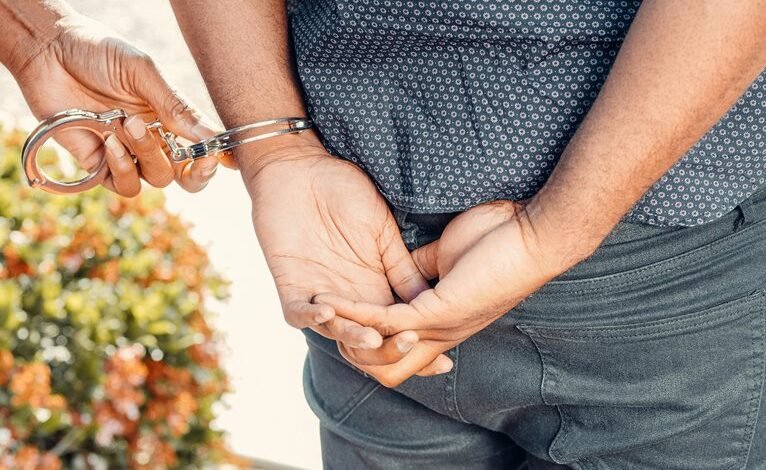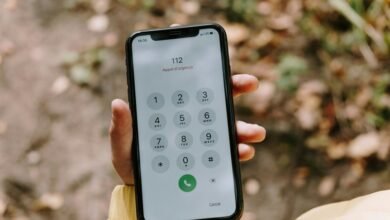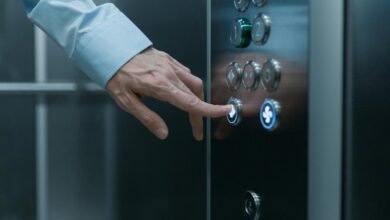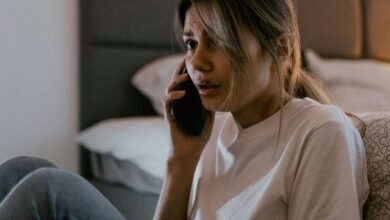Photoacomapnha: O Impacto das Imagens no Processo Judicial

The integration of visual evidence into the judicial process has transformed courtroom dynamics. Images can clarify complex narratives and engage jurors, potentially swaying their decisions. However, this reliance on visuals introduces risks, including misinterpretation and emotional bias. The balance between effective communication and ethical standards remains delicate. Analyzing these factors reveals deeper implications for justice and the integrity of legal outcomes. What remains to be explored is the fine line between persuasion and manipulation in this visual landscape.
The Role of Visual Evidence in Courtroom Dynamics
Although the primary function of the courtroom is to administer justice through verbal testimony and legal arguments, visual evidence plays a crucial role in shaping jury perceptions and influencing case outcomes.
The Benefits and Challenges of Using Images in Legal Proceedings
While images can serve as powerful tools in legal proceedings, their use presents both benefits and challenges that must be carefully considered.
The potential for visual persuasion can enhance understanding and retention of evidence, yet it also raises concerns regarding evidentiary standards and the risk of misinterpretation.
Striking a balance between effective communication and maintaining legal integrity is essential for judicial outcomes.
Addressing Bias and Interpretation in Photography for Justice
As images increasingly play a role in the judicial process, addressing bias and interpretation in photography becomes crucial for ensuring justice.
Bias awareness is essential, as photographs can be manipulated or selectively presented, leading to skewed perceptions.
Employing diverse interpretive frameworks allows for a more nuanced understanding of visual evidence, ultimately fostering equitable outcomes in legal proceedings and upholding the principles of justice.
Conclusion
In the courtroom, images serve as both a beacon and a mirage; they illuminate truths while potentially distorting reality. Just as a well-crafted photograph can capture the essence of a fleeting moment, it can also mislead an observer through selective framing. For example, a study found that jurors exposed to compelling visuals were 60% more likely to favor one side, underscoring the delicate balance between clarity and bias. Ultimately, the power of visual evidence necessitates a vigilant approach to uphold justice.




